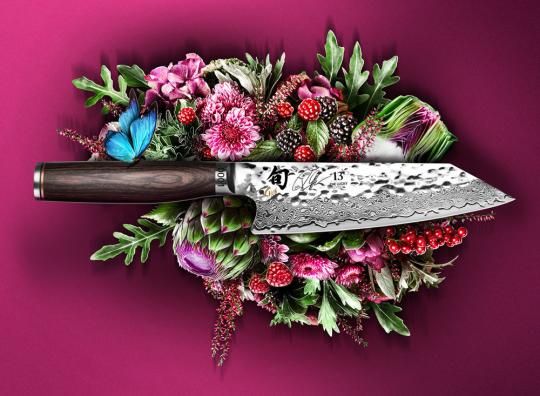Language
WORLDWIDE SHIPPING
Small Kiritsuke Knife - 13 The Lucky Number - Shun Premier Tim Mälzer by Kai
€249.00
€204.10
Availability:
Out of stock
The new limited edition '13 The Lucky Number' of the Kiritsuke knife from the Shun Premier Tim Mälzer series is limited to 5,555 pieces worldwide and comes in an extraordinary gift box made of wood fibre laminate.
In Japan, the home of KAI, '13' is also known as the lucky number.
In this context, Tim Mälzer and KAI have considered releasing a special edition in the 13th year of their successful collaboration, which will honour the happy anniversary for all fans.
With the limited edition of 5,555 pieces with a small 15 cm Kiritsuke blade, the Tim Mälzer SHUN Premier series receives an exclusive and highly desirable new collector's item for 2023.
Similar to the Santoku, this traditional blade shape is equally suitable for processing vegetables, fish or meat.
The 15 cm long blade can be used not only for chopping, peeling, portioning and cutting, but also for filleting.
For the Shun Premier Tim Mälzer series, kai has developed knives made of 32 layers of corrosion-resistant Damascus steel. This is finished with a hand-finished hammered surface, known in Japan as Tsuchime, which combines timeless aesthetics with maximum sharpness. The blades have a solid core of VG-10 steel with a hardness of 61±1 HR
Hardness 61±1 HRC
Handle length 12 cm.
Delivered in an exceptional gift box made of wood fibre laminate
LIMITED PIECES
FAQs

 IT
IT FR
FR
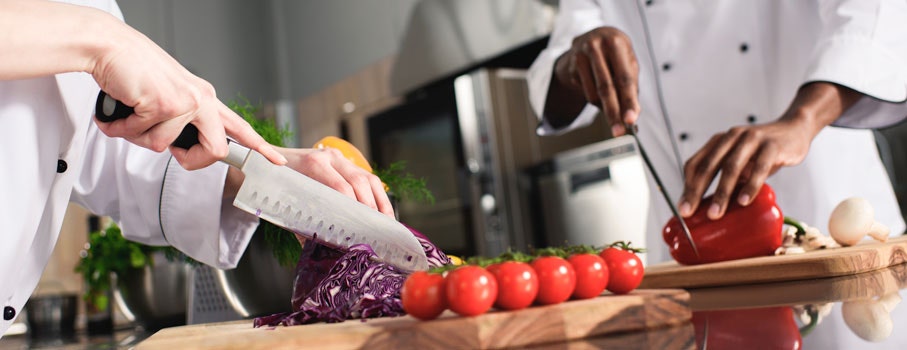
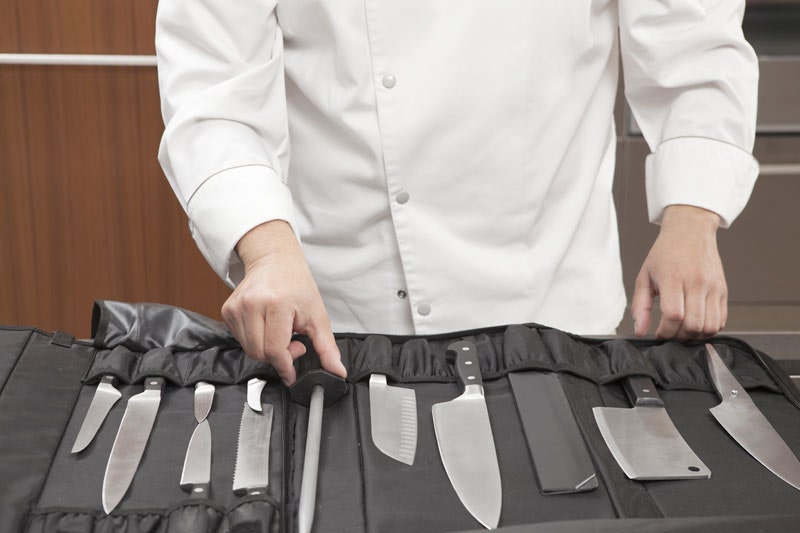
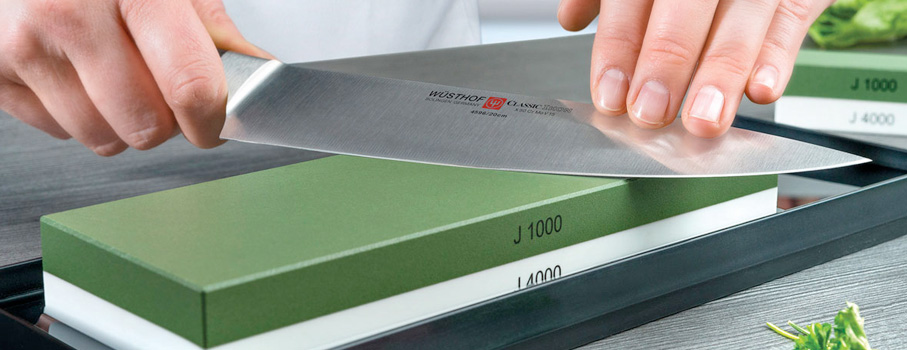
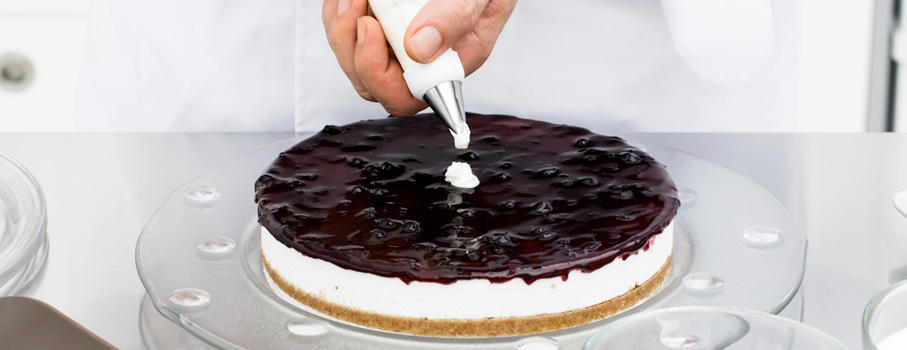

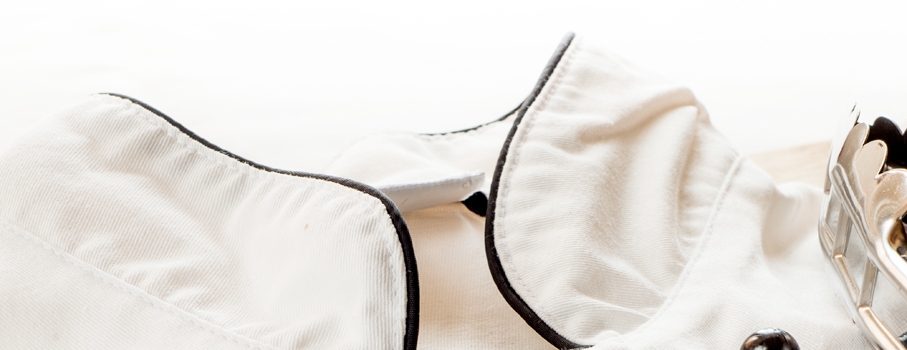
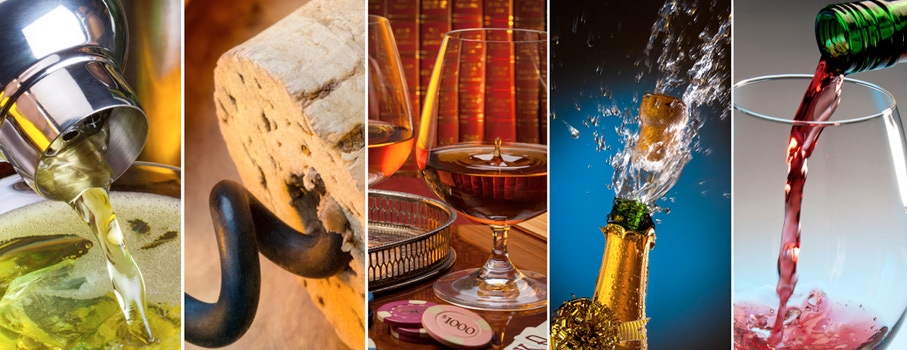
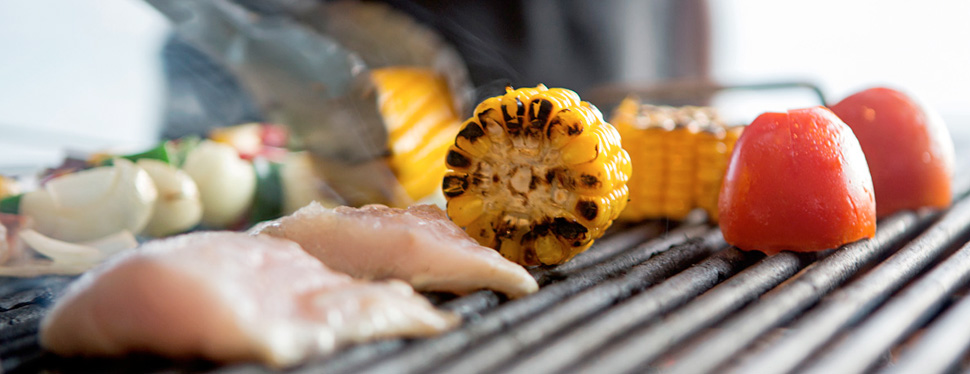

 IT
IT FR
FR
